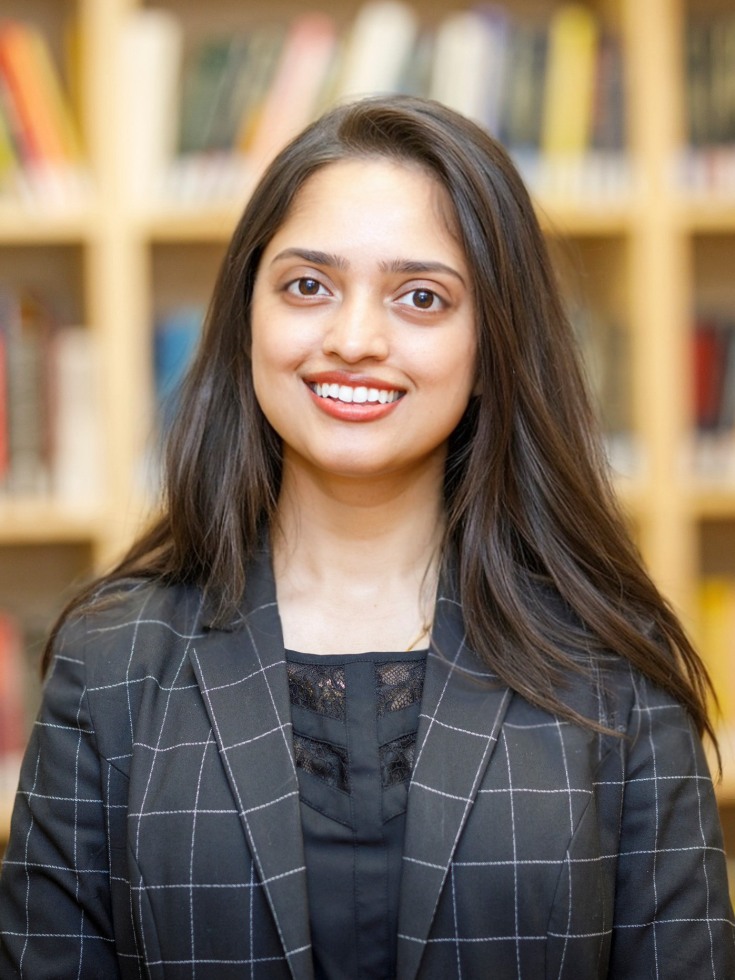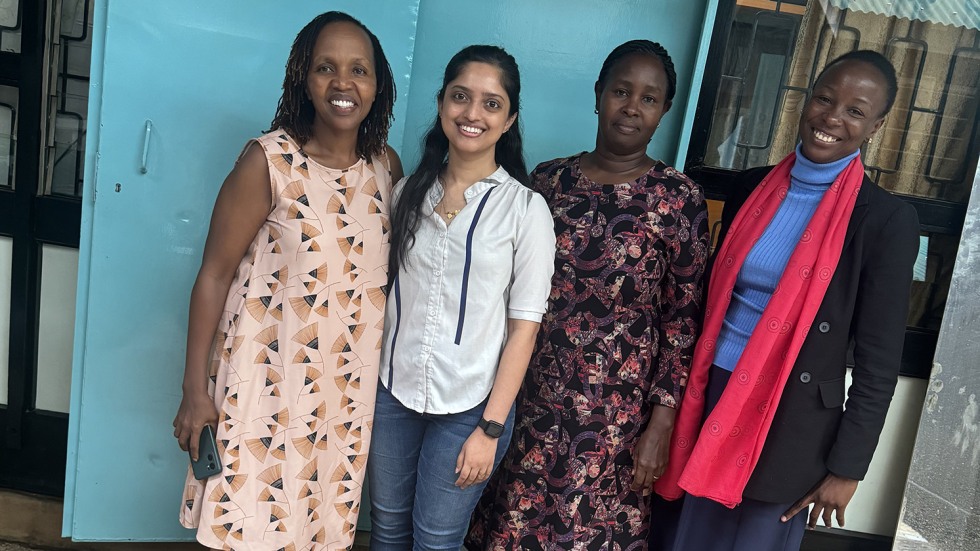Oral diseases like tooth decay, oral cancers, gum disease and noma affect roughly 3.5 billion people around the world. Through chronic inflammation and bloodstream infections, oral diseases can lead to non-communicable diseases (NCDs), including cardiovascular disease, cancer, respiratory disease and diabetes.
Across sub-Saharan Africa today, oral diseases are a significant health problem. The World Health Organization reports that the region has seen the world’s sharpest increase in oral diseases over the past 30 years. And it is estimated that NCD-related complications will be the most common cause of mortality in the sub-Saharan region by 2030.
To complicate matters, dental professionals in the region are scarce. While the WHO recommends one dental provider for every 7,500 patients, sub-Saharan Africa averages one per 23,000. The shortage of providers is compounded by workforce models that rely solely on highly trained oral professionals at all levels of care.
Tackling this problem, Nithya Puttige Ramesh, director of Online Master’s Degree Programs and assistant professor of epidemiology in the School of Public Health, developed an online oral health training program with colleagues from the Harvard School of Dental Medicine. Titled the mOral Health curriculum, the program trains community health workers in preventive care and oral hygiene promotion. So far, 6141 learners were enrolled in the mOral Health course online and the pilot implementation in Kenya has prepared close to 800 health workers and 40 trainers, with each community health worker responsible for 100 households, potentially benefiting 80,000 households.
The program has been so successful that WHO recently adopted the mOral Health curriculum as part of their essential training framework across sub-Saharan Africa. They also recommended it for countries seeking to strengthen their oral-health workforce. This marks a departure from the norm: the first time the WHO has formally endorsed oral health resources in its nearly 80-year history.
We spoke with Ramesh, who is not only a member of Brown faculty and administration, but also an alumnus of the school, having received a master’s of public health from Brown in 2017.

